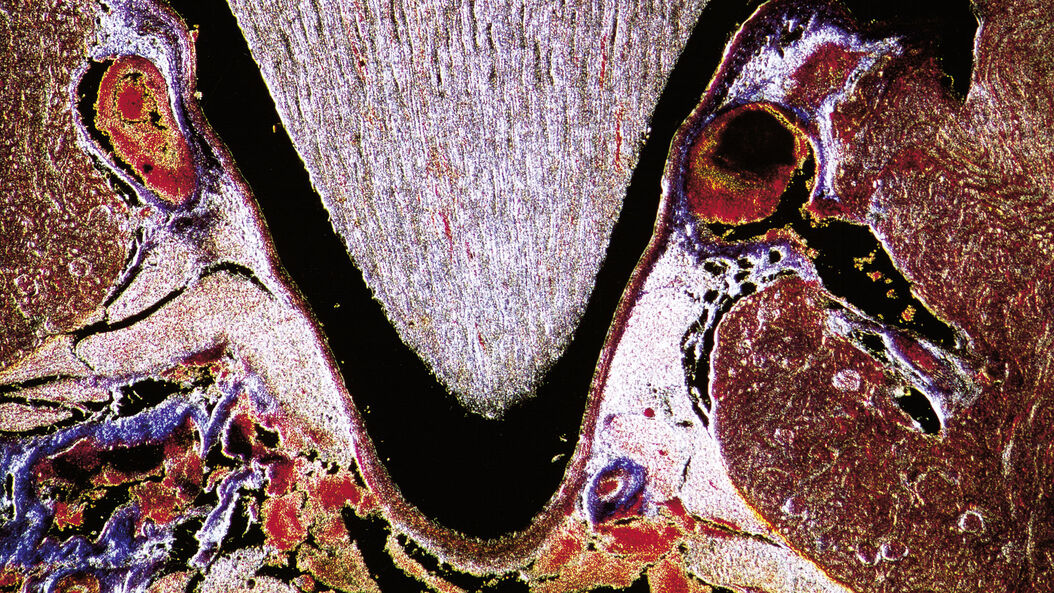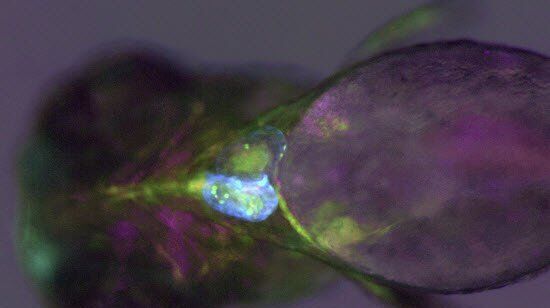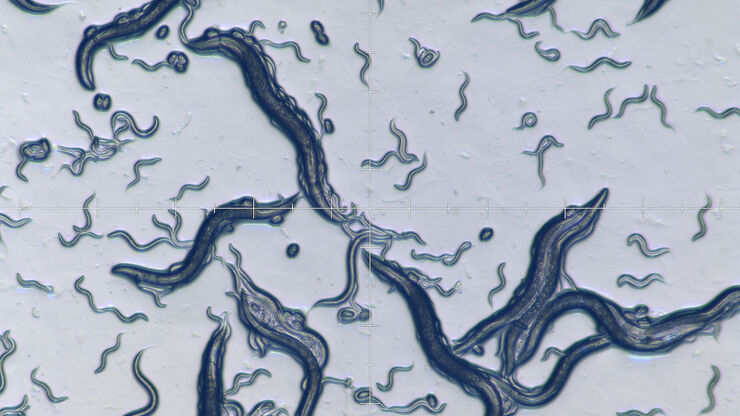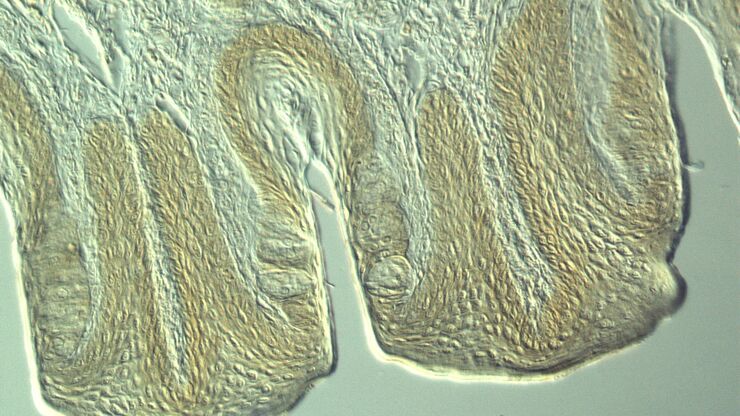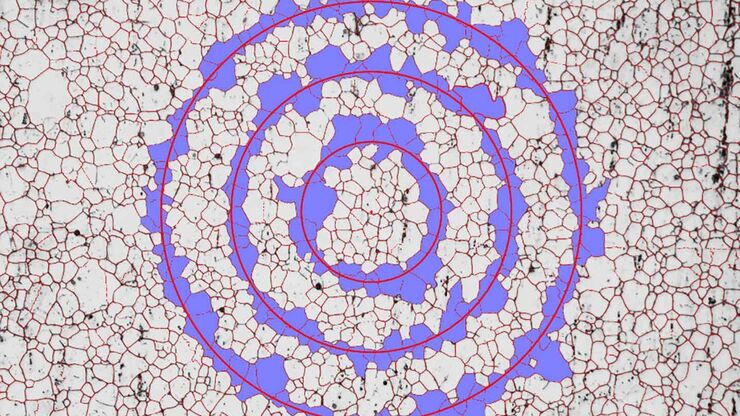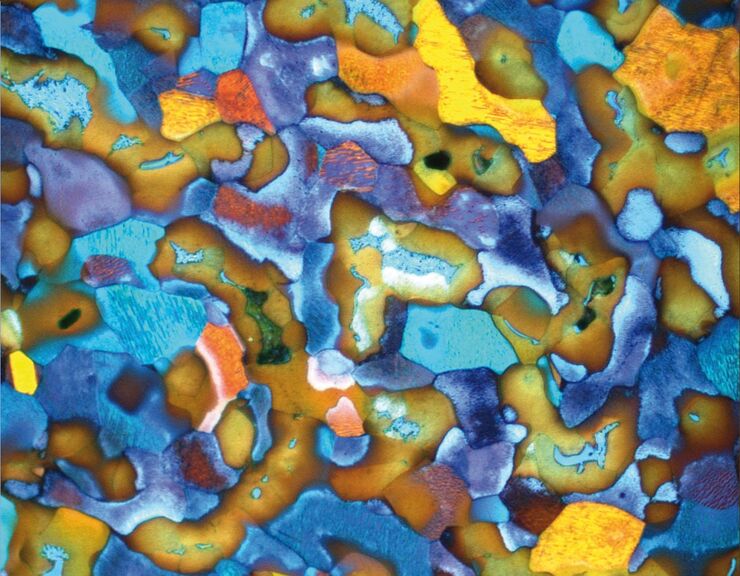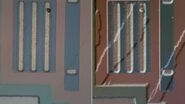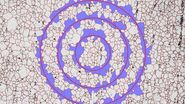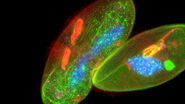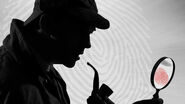What is darkfield?
Darkfield is an optical contrast technique for microscopy which makes unstained structures in the cells of biological specimens visible. Cell structures that appear transparent with brightfield illumination can be viewed with better contrast and detail using darkfield. Additionally, non-uniform features of transparent material or on the surface of opaque material samples can be more easily observed with darkfield compared to brightfield. Structures in the cell or features of the material scatter the light that interacts with them, while uniform areas allow the light to pass without scattering. When using darkfield microscopy, the cell structures or material features appear brighter and the uniform cell or material background look darker.
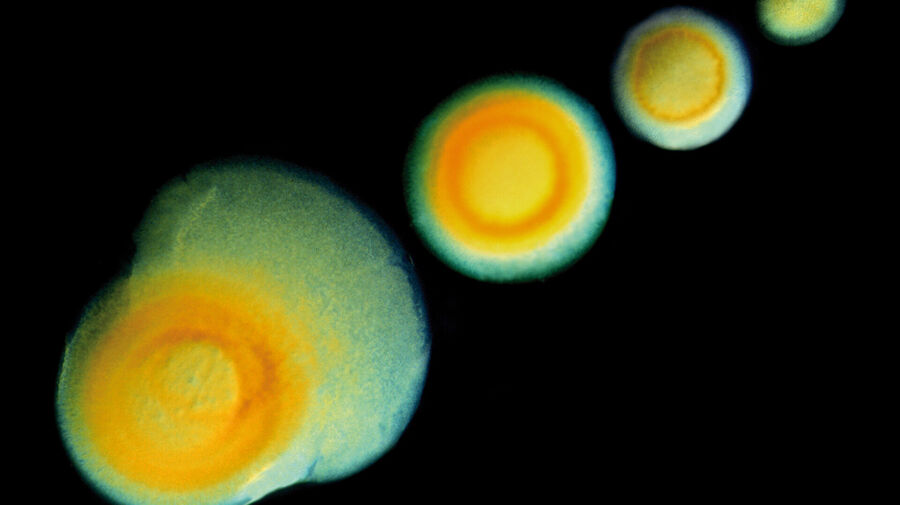
Darkfield Microscopy in Life Science Research
Imaging and Analyzing Zebrafish, Medaka, and Xenopus
Studying Caenorhabditis elegans (C. elegans)
Optical Contrast Methods
For what can you use a darkfield microscope? Which kind of samples can you visualize?
Very often biological specimens and tissues, whether fixed or live, are observed with a darkfield microscope. Also, various material and geological samples can be observed with darkfield.
Life Science Research
Leica microscopes providing darkfield are commonly used in life science research for the visualization, analysis, and documentation of biological structures and cellular processes.
Forensics
For forensic applications concerning the evidentiary investigation of paints, pigments, textiles, fibers, and human tissues, Leica microscopes offering darkfield are very useful solutions.
Materials and Earth Science
Leica microscopes capable of darkfield make a difference for the study of transparent and opaque materials, minerals, crystals, and polymers.
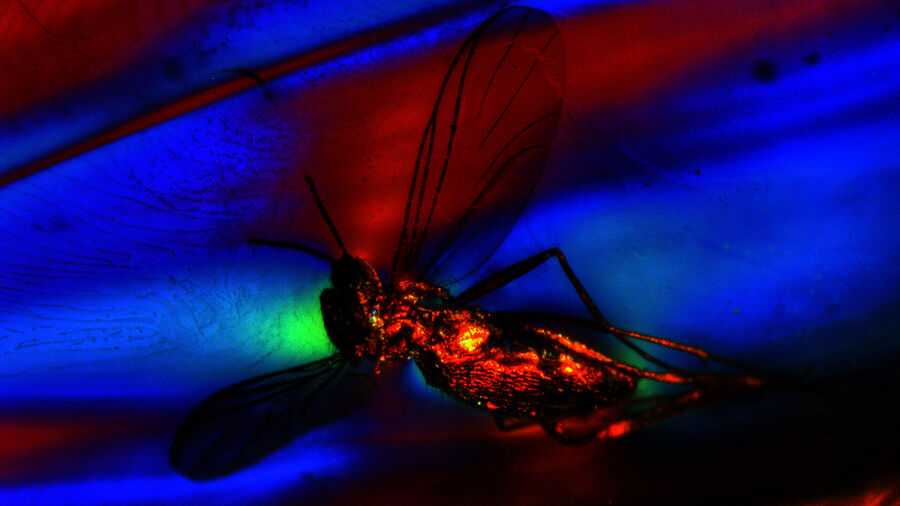
How does a darkfield microscope work?
A darkfield microscope is a compound microscope which uses an aperture in the shape of an annulus that is placed between the light source and condenser lens.
Ring-shaped light that passes through the aperture is focused by the condenser onto the biological specimen or material sample to be observed. Portions of the ring-shaped light are diffracted or scattered by structures of the specimen or features of the sample. The diffracted light enters the objective. In contrast, the portion of the ring-shaped light that passes directly through the specimen non-deviated or is reflected by the sample without scattering will not be collected by the objective. The light scattered by the specimen’s structures or sample’s features will appear brighter than the background areas of the specimen or sample where there is no light scattering.
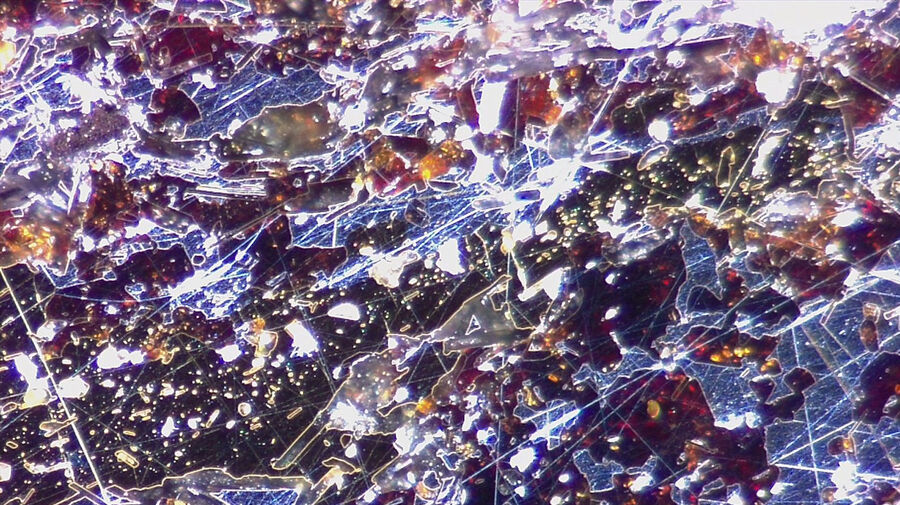
Darkfield Microscopy in Materials & Earth Sciences
Rapid Semiconductor Inspection with Microscope Contrast Methods
Metallography – an Introduction
How to Adapt Grain Size Analysis of Metallic Alloys to Your Needs
Metallography with Color and Contrast
Frequently asked questions darkfield microscopes
A darkfield microscope is similar to a conventional brightfield microscope, except it uses an annular aperture in front of the light source. The light from darkfield illumination impinges onto the specimen or sample at a high angle of incidence, either transmits through the sample or reflects off its surface, then passes through the objective lens, and finally goes through the eyepieces or reaches the camera sensor. Darkfield illumination causes uniform areas of transparent samples or flat surfaces of opaque samples to appear dark, as the vast majority of the light at the high incident angle misses the objective. Normally there are features in transparent samples or on the surface of opaque samples which scatter light. For this reason, darkfield microscopy images show a dark background with brighter areas corresponding to these features, because the light they scatter enters into the objective.
Yes, a live biological specimen, such as cells or an organism, can be observed easily with a darkfield microscope.
Yes, a darkfield microscope can be equipped with a camera for recording images observed with the contrast method. It can also be equipped with other accessories. For more information, contact your local Leica representative.

